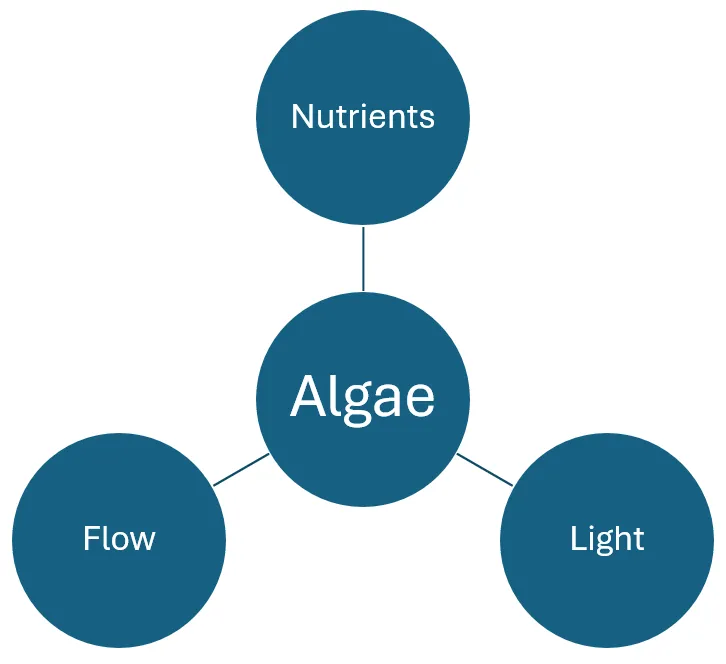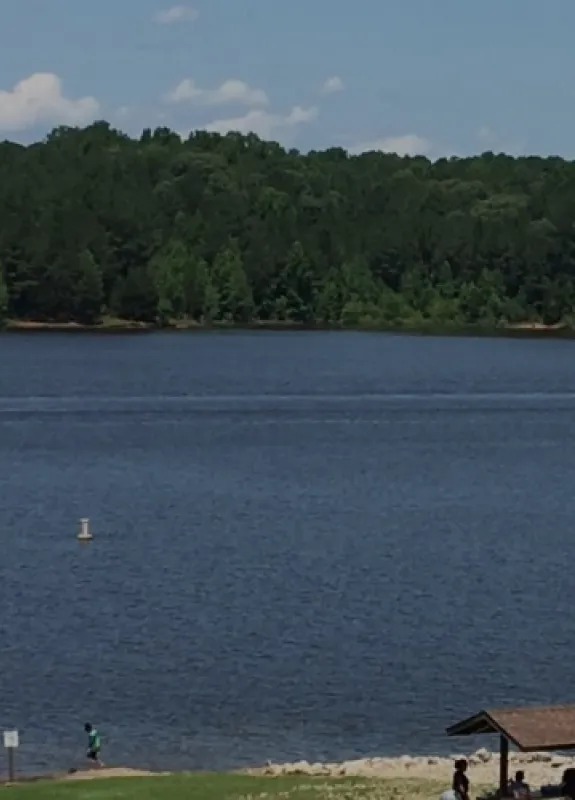half-content-main-title
Scientific Studies

Falls Lake is the most studied reservoir in North Carolina. Water quality has been measured since the reservoir was filled in the 1980s. Several organizations continue to monitor and research Falls Lake. The UNRBA has evaluated all available data in its reexamination of the 2011 Falls Lake Rules. Extensive information about the watershed was also gathered. The UNRBA evaluated this information and data to develop complex computer programs called models. These models help us understand where nutrients in the watershed come from and how those nutrients react in the lake. They also allow us to predict what would happen to algae in Falls Lake if the nutrient inputs change. The updated science provides critical information for updating the Falls Lake nutrient management strategy and Falls Lake Rules.
Links to additional information about the UNRBA work are provided here:
- The UNRBA spent three years developing plans to conduct these studies. Click here for more information on these preparations.
- The UNRBA collected monitoring data in the watershed and lake for more than four years. Other organizations also conduct monitoring. Click here for more information on the monitoring studies.
- The UNRBA developed a watershed model and three lake models for this system. Click here for more information on these models.
- The UNRBA recommendations for an updated nutrient management strategy are summarized here. These are based on the updated data and models. Stakeholder input was critical to this process. The feasibility of management actions was also factored in.
